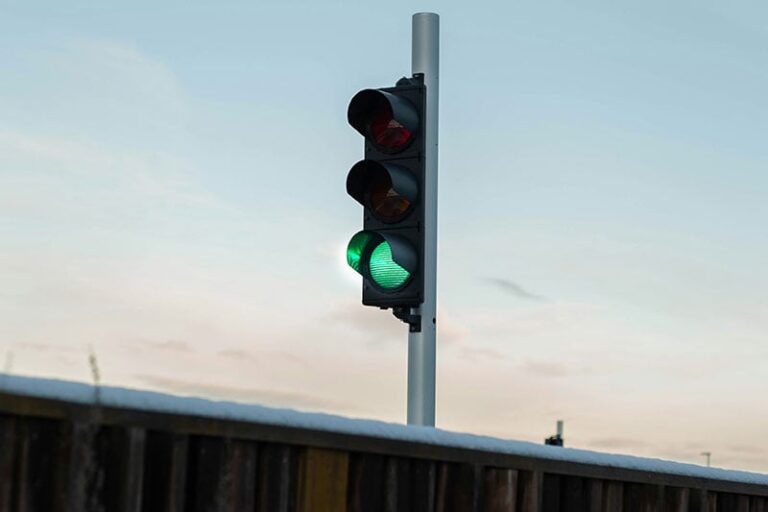Waiting at a red light while driving in Dubai and wondering why it’s taking forever to turn green could have a simple explanation
Dubai’s Roads and Transport Authority (RTA) reminds drivers that while driving in Dubai, moving your car closer to the white stop line can help trigger the traffic signal sensors and make the light turn green faster.
Why moving forward matters
Dubai is rolling out AI-powered traffic signals across the city. These smart systems detect vehicles and pedestrians in real time. If you stop too far back, the sensors might not notice your car, leading to longer red lights.
By moving slightly closer, you’re letting the system know you’re ready to go. It’s a small step that can save you time and reduce honking from drivers behind you.
How AI controls traffic in Dubai
The UTC-UX Fusion system is Dubai’s latest AI-powered traffic management technology, designed to make journeys smoother and safer. It uses a mix of smart sensors, real-time data, and advanced AI to control traffic signals more efficiently than traditional systems.
Here’s what each feature does:
-
Predictive traffic analysis: the system looks at traffic patterns and predicts how many vehicles are coming and in which direction. By forecasting vehicle movement, it can adjust green and red light durations before congestion builds up. This means fewer long waits at intersections.
-
Digital twin technology: think of this as a virtual copy of Dubai’s road network. The RTA can test signal changes in this virtual environment before applying them to the real roads. This helps prevent mistakes, fine-tune timings, and plan for new traffic scenarios safely.
-
Priority-based traffic management: the system can give priority to certain types of traffic when needed. For example, emergency vehicles, buses, or freight trucks can get longer green lights to keep important traffic moving smoothly.
-
Sensor-based data: sensors embedded in the roads constantly collect information about vehicles, speed, and traffic density. The AI uses this data to make small, continuous adjustments to traffic lights, keeping traffic flowing efficiently.
These AI-powered signals could reduce waiting times by up to 20%, especially at busy junctions during peak hours, meaning less time stuck at red lights and smoother journeys for drivers and pedestrians alike.
Smart pedestrian signals
Pedestrians aren’t left out of Dubai’s traffic tech. In 2023, the RTA expanded Smart Pedestrian Signals across the city. These lights use ground-based optical sensors to detect people:
The system can adjust crossing times depending on a person’s pace, making streets safer for:
When will it be everywhere
These AI-powered signals are already active in many areas, with a full city rollout expected by the first half of 2026.
Next time you’re at a red light in Dubai, remember: a small move forward could mean a quicker green light and a smoother journey for everyone.
> Sign up for FREE to get exclusive updates that you are interested in

